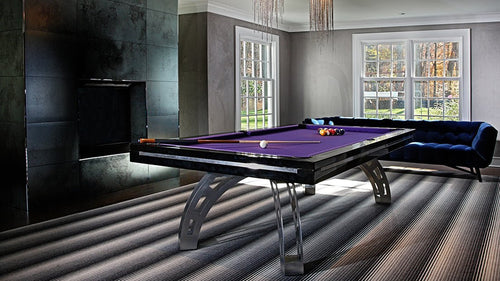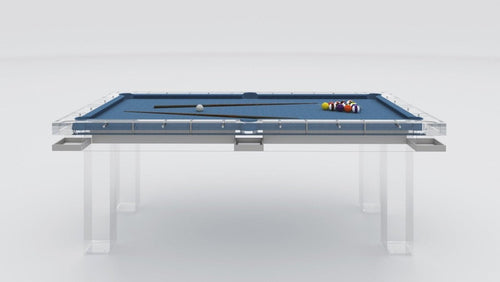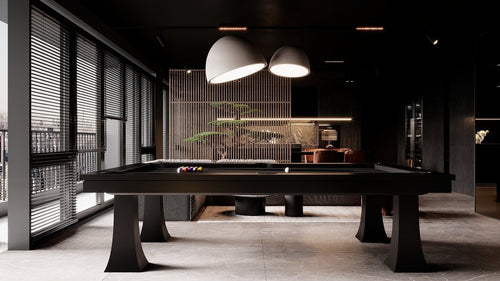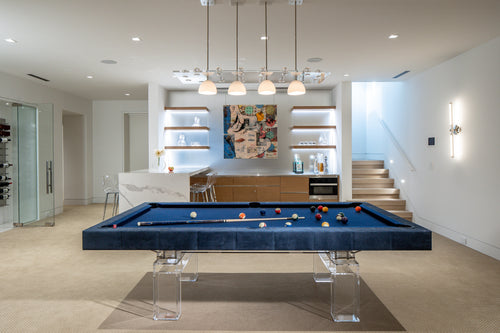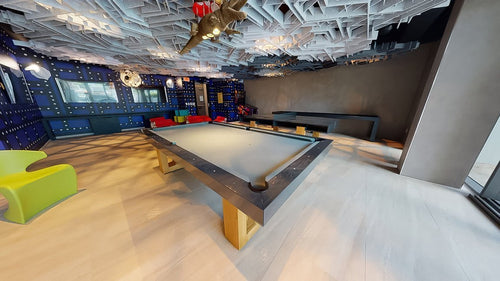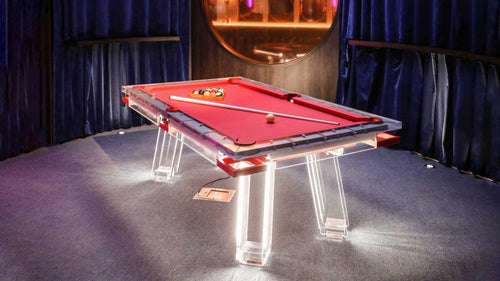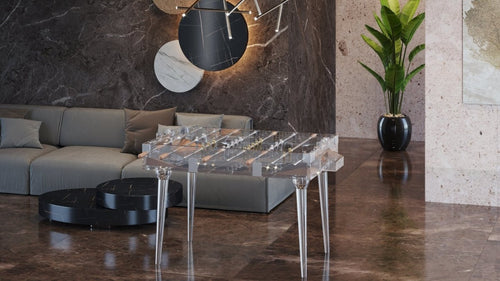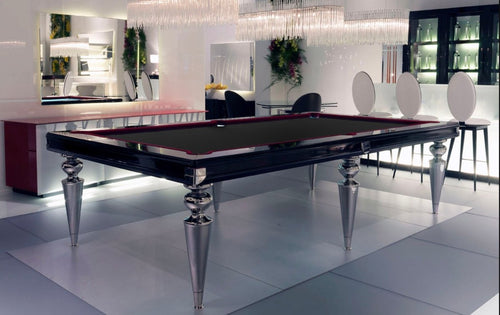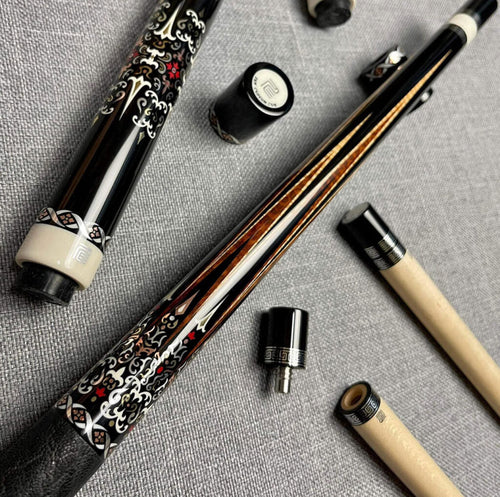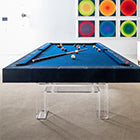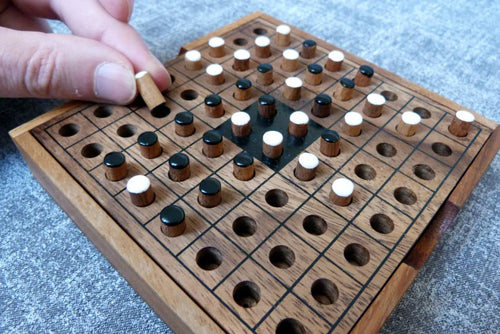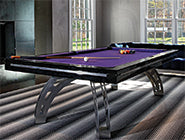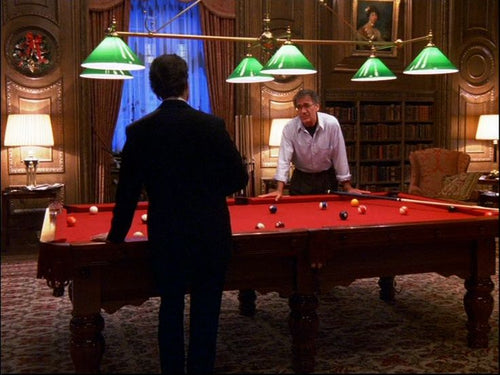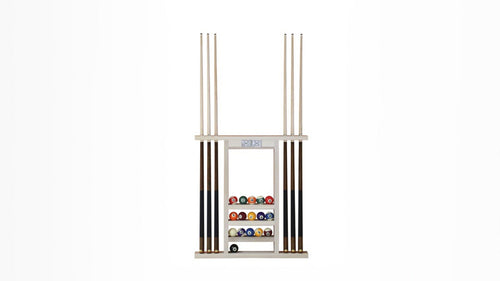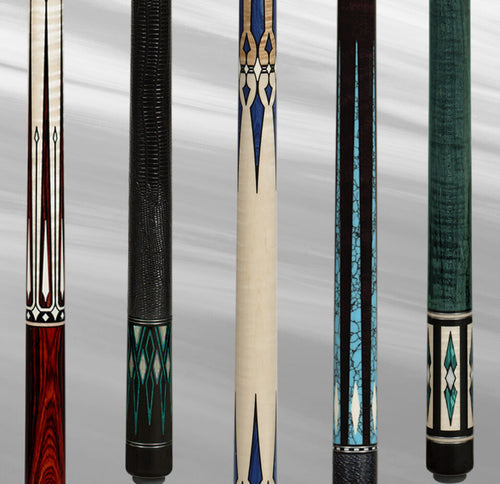Enjoy our modern designs
Estimated Read Time: 7 mins |
How Italy’s early avant-garde chased the machine age—until politics hit pause.
Futurism: Speed, Machines, No Looking Back
| Key Points | Details |
|---|---|
| Founded | 1909 manifesto by poet Filippo Tommaso Marinetti |
| Ideals | Speed, technology, violence, youth—smash the past |
| Visual DNA | Jagged lines, dynamic diagonals, roaring industrial motifs |
| Architecture | Antonio Sant’Elia’s visionary “Città Nuova” sketches (1914): multi-level transit hubs, bold cantilevers, humming power plants—none realized |
Futurism lit the fuse for a radical Italian modernism but left few built footprints; World War I cut the movement short before it could move from sketches to construction.
Rationalism: Gruppo 7 & the Push for Purity
-
“Electrical House,” Monza (1930) — I. Figini & G. Pollini
Model dwelling for the Monza Triennale; the only Italian work in MoMA’s 1932 “International Style” show. -
Casa del Fascio / Casa del Popolo, Como (1933–35) — Giuseppe Terragni
- Open-grid marble façade, day-lit glass atrium
- Abstract, De Stijl-inspired murals inside
-
Institut Hélio-thérapeutique, Lugano (1938) — Studio BBPR
- South-facing glass curtain walls for sun
- Red-tiled north wall; clear International Style vocabulary
What Rationalism Stood For:
- Clear geometry, no ornament
- Honest expression of structure (concrete, steel, glass)
- Social utility over pomp—housing, clinics, civic halls
Fascism’s Detour: Stripped Classicism
- Early 1930s: Mussolini flirts with modernism.
- Mid-to-late 1930s: Hitler’s influence tips Rome toward “stripped classicism”—gigantic columns, axial plans, classical proportions minus the frills.
- Result: Avant-garde work stalls; Rationalist architects pivot, go silent, or wait out the regime.
Modernism in Italy effectively freezes until the post-1945 rebuilding surge, when figures such as BBPR, Gio Ponti, and postwar neo-Rationalists resume the thread.
Why It Still Matters
- Conceptual Bridge: Futurism’s machine obsession set the ideological stage for global modernism.
- Formal Toolkit: Rationalism refined the International Style grid, glass, and void—blueprints for corporate towers worldwide.
- Cautionary Tale: Italy’s interrupted modernism shows how politics can throttle innovation—and how design’s progress rises or falls with the winds of power.


